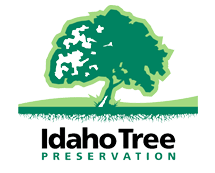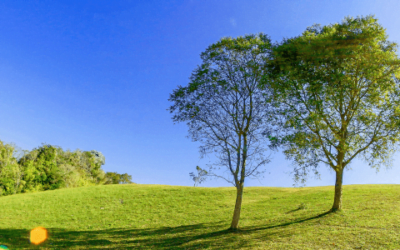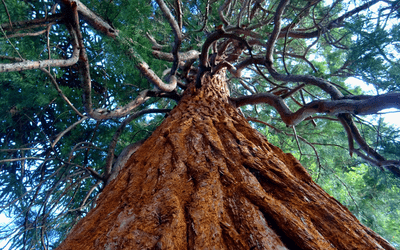One of the jobs we have as arborists is assessing and managing risk in trees. Our main goal is to reduce risk so that you can enjoy your trees for many years. While there is no such thing as a completely safe tree, a qualified arborist understands the biomechanics of trees and can manage and reduce risk by the work we do on your trees. In some cases a tree may have an obvious defect, like a hole in the trunk or wood decay fungus growing on the tree somewhere. When this happens, it is time to have a tree risk assessment done for that tree. That’s where TRAQ comes in.
TRAQ stands for Tree Risk Assessment Qualified and is an advanced qualification offered by the ISA or International Society of Arboriculture. You must be at least an ISA Certified Arborist to qualify for this exam and every five years, we must retake the class and exam to renew this credential.
By using TRAQ we are able to have a very methodical system to record all of the information about a tree and any targets that the tree might damage or disrupt if a part, or the whole tree failed. Luckily whole tree failures are quite rare, but if a tree is not managed by a professional, it may lose limbs due to damage, decay or weather events. Once the tree is inspected, the arborist then uses their field experience and knowledge of trees to determine what may fail, how likely that failure is and what the consequences would be if it failed. Once all of those things are compiled and put into the risk matrices we end up with a risk rating. But our job is not done there. We will also provide risk mitigation recommendations, along with a post mitigation risk rating.
A good risk report will have an inspection interval and suggestions on how to help the tree deal with whatever issues it may have. In some cases, although rarely, a tree may end up being too high of a risk to keep. At that time removal is usually the only option, however, depending on the location and condition of the tree, we may be able to create amazing habitat trees to support our local flora and fauna.
The overarching idea is that we approach risk assessments systematically and thoroughly. Logic and a deep knowledge of how trees stand up and fall down must be applied to these assignments. It is our job to help you, the tree owner and risk manager, understand what is going on, and what can be done about it. This means less trees are being removed out of fear and more of our older, bigger trees are being preserved. These are the trees that have the highest benefits and we should be working to keep them around as long as possible.
With the help of a professional, qualified and certified arborist, you can rest assured that the proper care has been applied to your trees.
Here at ITP, we have four TRAQ qualified arborists on staff to make sure that your trees are getting the absolute best care they can get. Our owner, Ezekiel Willard has held his risk assessment qualification since 2008, which is the first year it was offered under the acronym TRACE. It was then revised and re-released as TRAQ in 2013.





0 Comments